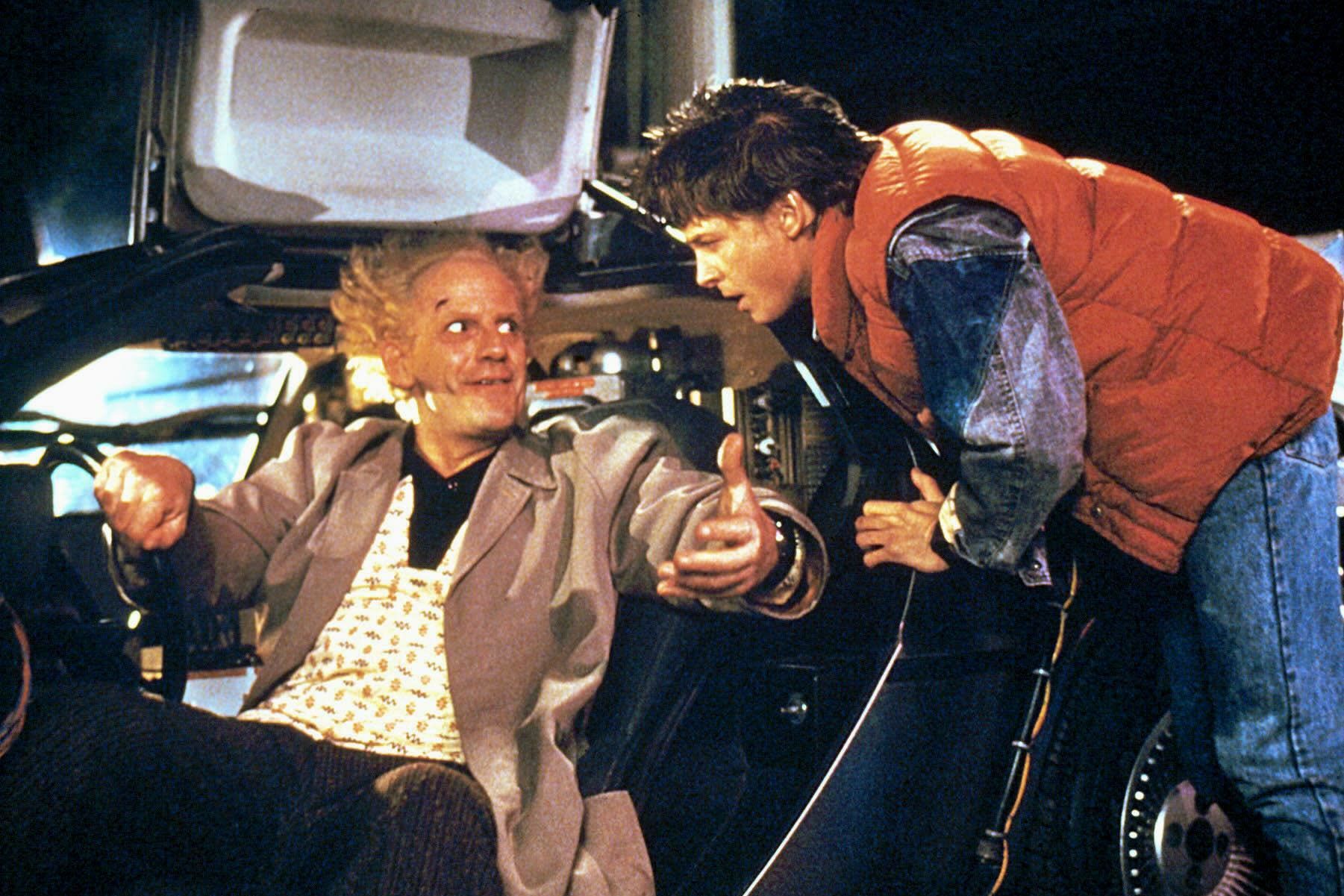Screen Play

Image: Patrick Leger
WHEN NIKE needed a fresh way to market its new line of training supplies in stores—sneakers, agility cones, and resistance bands sold under the brand name SPARQ (Speed, Power, Agility, Reaction, Quickness)—the sportswear giant wanted something far more enticing than simple cardboard signage. Which is how a 10-foot-tall display created by Portland-based Merchandising Technologies Inc (MTI) came to be.
Designed to be placed at the ends of store aisles, the slick black plastic unit (a prototype that’s yet to be deployed by Nike) is outfitted with video screens and precisely shaped shelves on which each product will rest. But the real wow-factor is not apparent to the eye: Embedded in each item for sale is a hidden radio frequency identification (RFID) tag. Should a customer pick up, say, one of the SPARQ shoes, a video promoting the product’s features will play on the screens. Glistening athletes attesting to the shoes’ effectiveness will zoom in and out of the frame.
The benefits of the display are clear: Nike will be able to deliver targeted brand information to people who have already expressed an interest in one of its products (by picking it up). The RFID tag also keeps track of how long a consumer has held an item, what he picked up next, and, most tantalizingly, whether the experience led to a sale.
Welcome to the world of interactive marketing, in which advertisers and retailers employ digital signage, electronic touch-screens, and RFID tags to communicate precise branding pitches about their products. “These technologies provide a way to deliver messages that rise above the clutter of mass media,” says Scott Hicks, president of Portland interactive branding company Sensic Media. And because such high-tech gimmickry engages consumers on a sensory and emotional level, a growing number of companies are opting to use it. According to iSuppli, an electronics market-research company, net profits in the interactive-kiosk and digital-signage business exceeded $2.7 billion last year, and they are increasing annually at a rate of 22 percent, making this one of the most rapidly growing segments of the $300 billion advertising market.
In the United States, the sector is led primarily by Northwest companies such as CoolSign, the interactive division of Planar Systems, a Beaverton-based display manufacturer that sees digital signage as “a rapid growth area”; and MTI, which built its first in-store displays for CB radios in 1978 and now builds interactive in-store video displays for such retail giants as Target and Wal-Mart.
Hoping to capitalize on the trend, numerous interactive marketing start-ups also are cropping up. Consider Reactive, which was founded in Portland last January, and which has secured distribution rights to a paper-thin video screen made in Denmark that adheres directly to a storefront window. The transparent film makes the glass sensitive to touch, allowing customers to navigate a store’s offerings from the street. “Basically, we can turn any store window into a giant iPhone,” says Chris Newport, the company’s 32-year-old founder. Newport imagines that the technology might be able to replace those housing ads often Scotch-taped to realtors’ windows: At the touch of a screen, a potential buyer could zoom through a house, checking out, say, the view from the kitchen window or the voluminous master bath.
Soon, these digital advertising displays might be interacting with you, whether you like it or not. Sensic Media, which is trying to make a name for itself in 3-D electronic signage, sells a product licensed through a French company called Quividi (Latin for “who I saw”) that can track the number of people who look at a display and how long their gaze lingers. Using face-recognition technology similar to that which the Department of Homeland Security is developing to spot potential troublemakers at airports, Quividi’s cameras and software can determine the sex of the viewer, what content was playing when he or she was watching, and whether the display produced results at the cash register.
Such powerful (if somewhat unsettling) metrics may finally close in on answering the age-old question “Does advertising work?” Interactive marketers seem to be confident that the answer will be “yes.”




